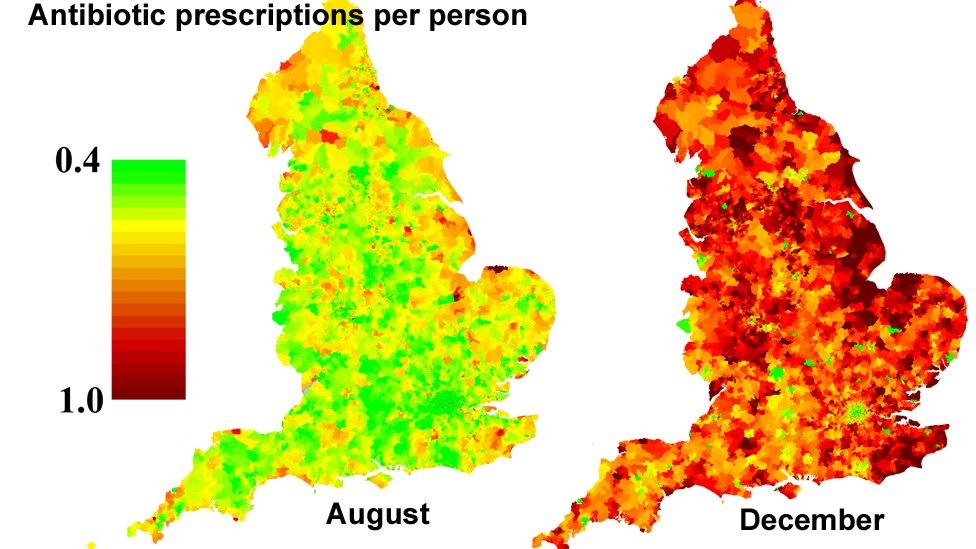Type 2 diabetes: Data reveals hotspots for cases
- Published
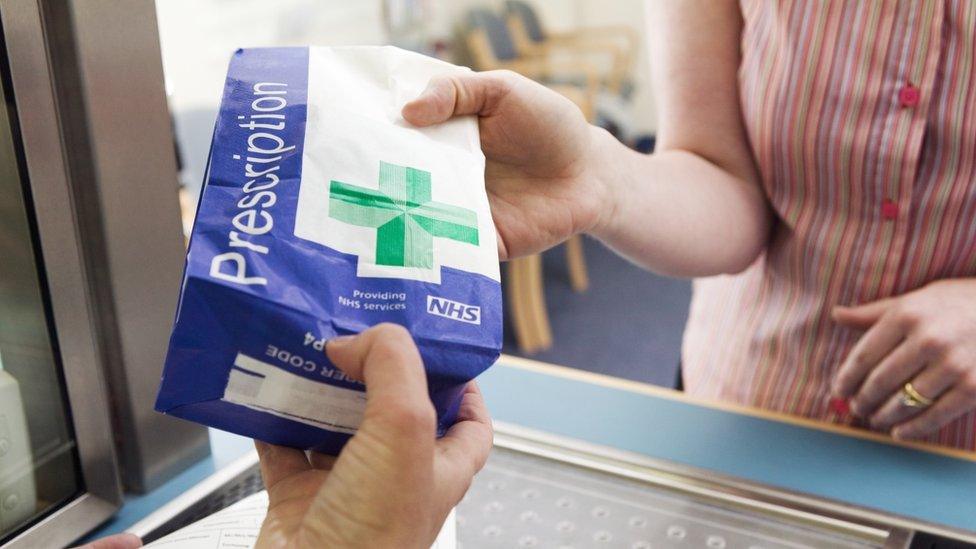
Prescriptions for type 2 diabetes have risen by a third in England in the last five years from 26 million to 35 million a year, according to NHS data.
The analysis of the data also shows there are hotspots for the disease in London and Lincolnshire, with the London borough of Newham having twice the national average of prescriptions.
Diabetes UK said it was a good sign that the disease was being diagnosed.
The next step was getting people to "manage their condition better".
How can I reduce my risk of diabetes?
The figures that were looked at by data analysis company Exasol, external stretched to more than 700 million rows on spreadsheets and included every prescription handed out by pharmacies in England from August 2010 to July 2016.
A mapping of the data shows large variations across the country.

London boroughs have three of the highest prescribing areas - with Tower Hamlets and Harrow as well as Newham in the top 10.
There is also a hotspot in the East Midlands - with Lincolnshire having two of the top three highest prescribing areas - in East Lindsey and South Holland.
Krishna Sarda, the engagement communities manager for Diabetes UK, told the BBC both Lincolnshire and London had similarities in their populations.
"Lincolnshire is such a huge patch. It's also got a very large migrant population and a very large working class population," he said.
"In London and the East Midlands there is a very large BME (black and minority ethnic) population and ethnic minorities are between two to four times more likely to develop type 2 diabetes."
He said both areas have done a lot of work around prevention and raising awareness of the condition.
"One of the consequences of doing a lot of prevention and raising awareness is people go to their GPs to get a blood test done.
"So the greater the numbers in the population demographically - and the campaign work that's happened in London and East Midlands - you'll have more people coming into the register as being diagnosed with type 2.
"It's a very positive thing that people are picking up in the media, our campaign and other campaigns going on."

Top 10 areas for type 2 diabetes prescriptions
Newham (London)
East Lindsey (Lincolnshire)
South Holland (Lincolnshire)
Tower Hamlets (London)
Tendring (Essex)
Nuneaton and Bedworth (Warwickshire)
Harrow (London)
North Warwickshire (Warwickshire)
Oldham(Greater Manchester)
Sunderland (Tyne and Wear)

Mr Sarda also said GPs are becoming more proactive.
"I think GPs are becoming more aware that maybe one of the things they should do for their patients when they come in among other things is to get a HbA1c test done for them.
"Which means we don't have people walking around silently carrying that condition and sometimes only realising when it's too late sadly."
The data analysis also showed that the prescribing of second line drugs, used when people with the condition are getting sicker, has doubled in five years.
He added that more analysis of this data was needed to see whether this meant people were actually becoming more ill.
"It's very difficult with the limitation of the data. But if people have been diagnosed much later on or have other underlying long term conditions, then Metformin, which is a first line drug on its own, may not do the job."

Diabetes
Diabetes is a condition that causes a person's blood sugar to become too high.
Type 1 can develop at any age, but often begins in childhood. It is not related to diet or lifestyle
Type 2 is far more common than type 1, but is still rare in childhood. It is usually seen in adults and is often associated with obesity
Type 2 diabetes can lead to serious complications, including kidney failure, blindness and heart disease
It's the most common cause of vision loss and blindness in people of working age
Type 2 diabetes is also responsible for most cases of kidney failure and lower limb amputation, other than accidents
People with type 2 diabetes are up to five times more likely to have cardiovascular disease, such as a stroke, than those without diabetes
Symptoms of type 2 diabetes include - feeling very thirsty, passing urine more often than usual, particularly at night, feeling very tired, weight loss and loss of muscle bulk

Exasol said the data shows that in the first six months of 2016, the number of prescriptions for type 2 diabetes was already up by more than 8% compared with the same period the year before.
There are estimated to be 3.5 million adults with type 2 diabetes in the UK.
At this rate of growth they say it is predicted that there will be five million people with the disease in 2020 - five years earlier than previously anticipated.
- Published2 October 2016
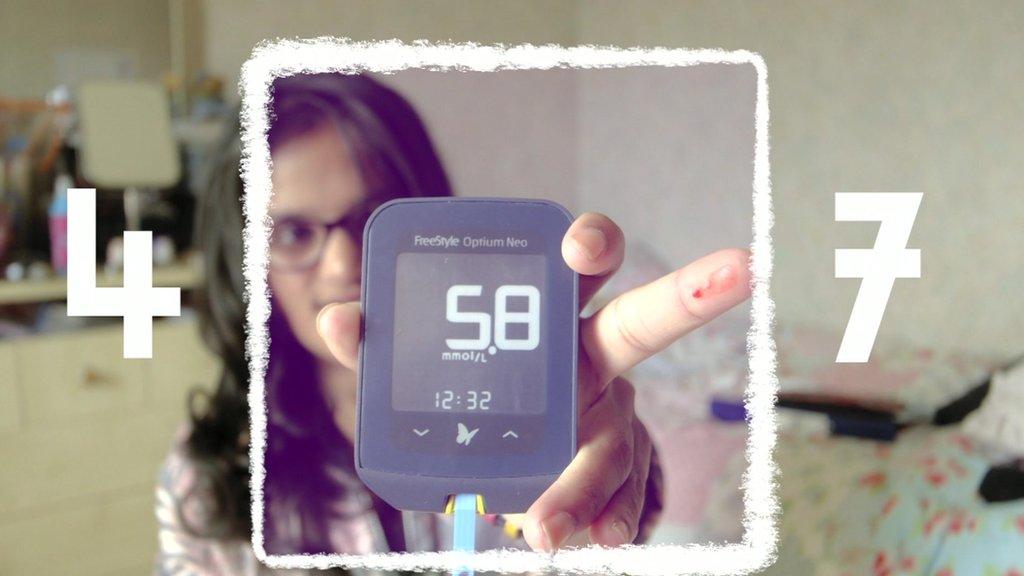
- Published1 October 2016

- Published3 October 2016
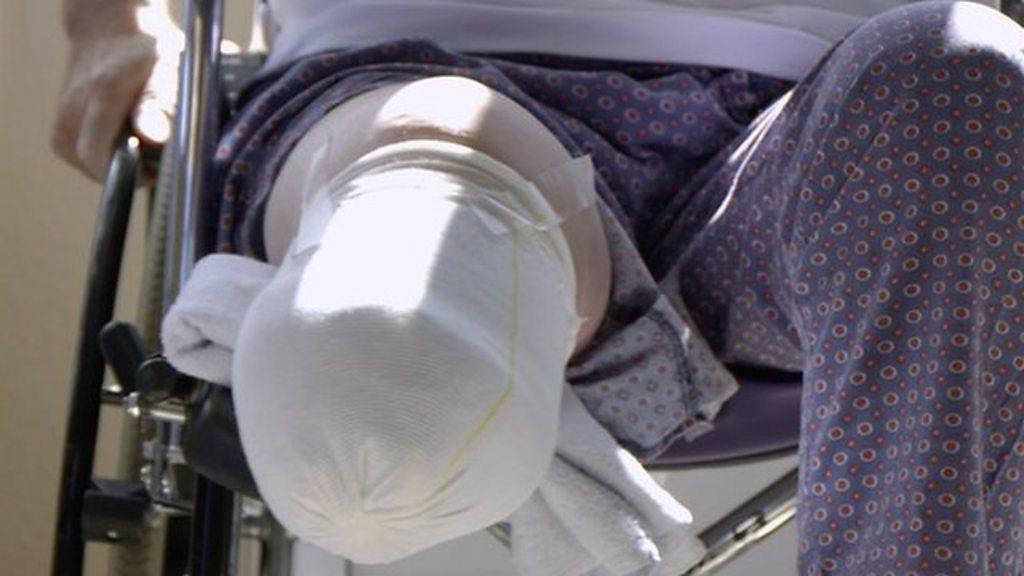
- Published15 September 2016

- Published15 June 2016
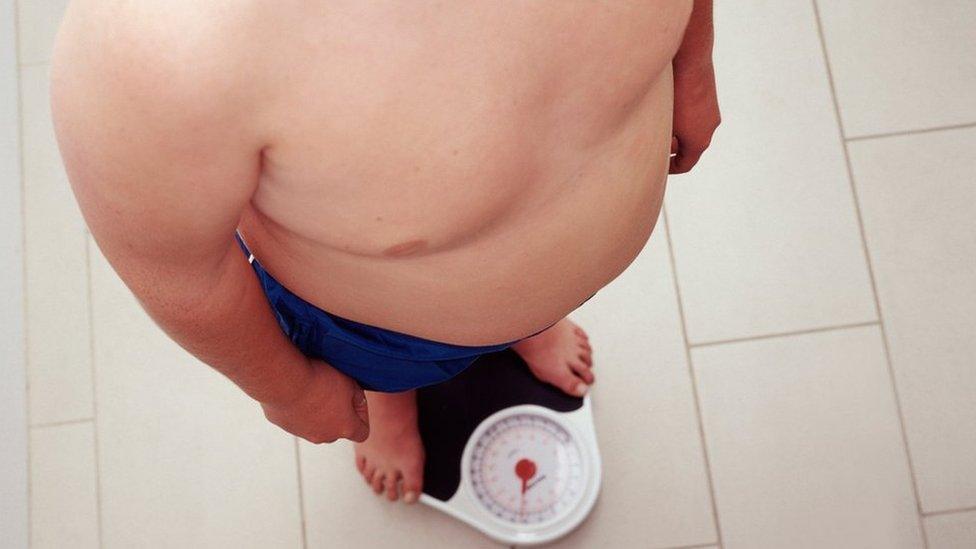
- Published31 May 2016
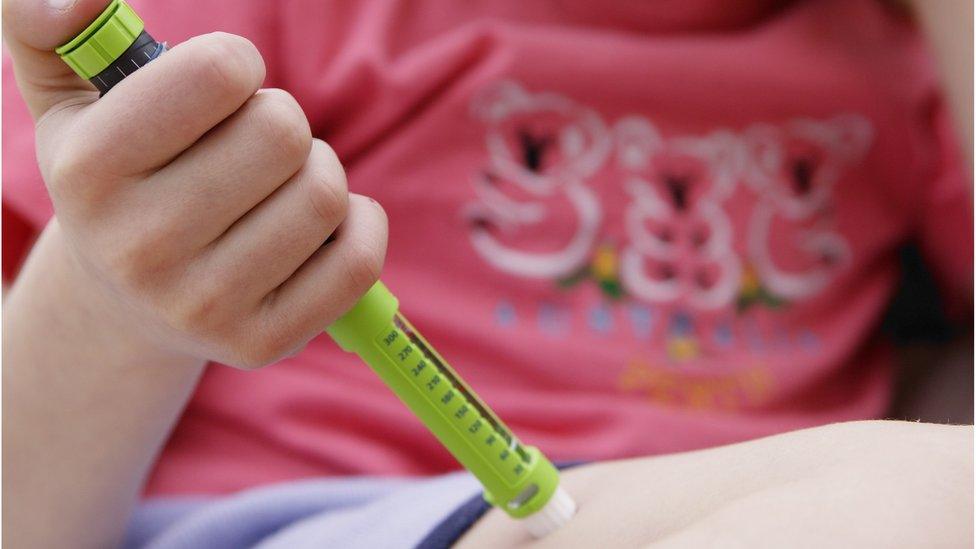
- Published6 April 2016
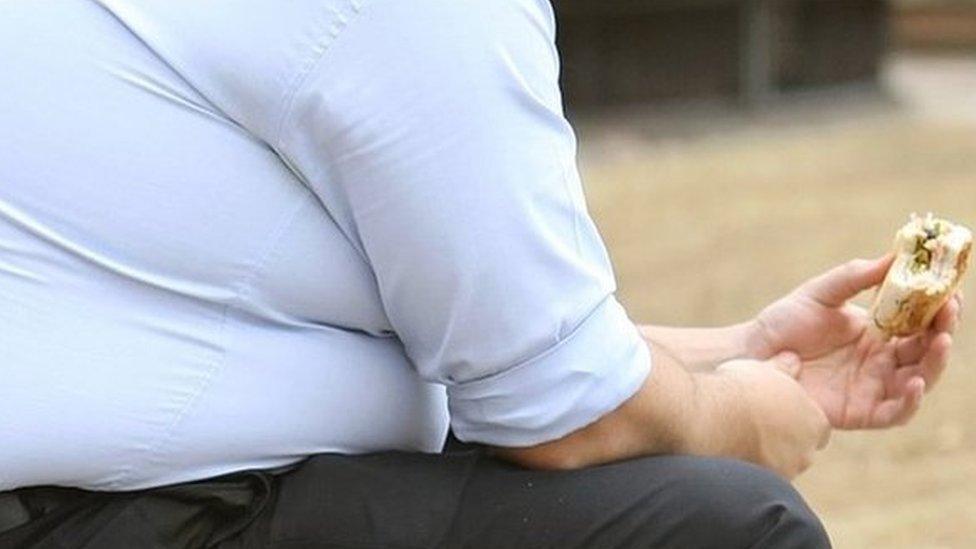
- Published22 March 2016

- Published18 November 2015
